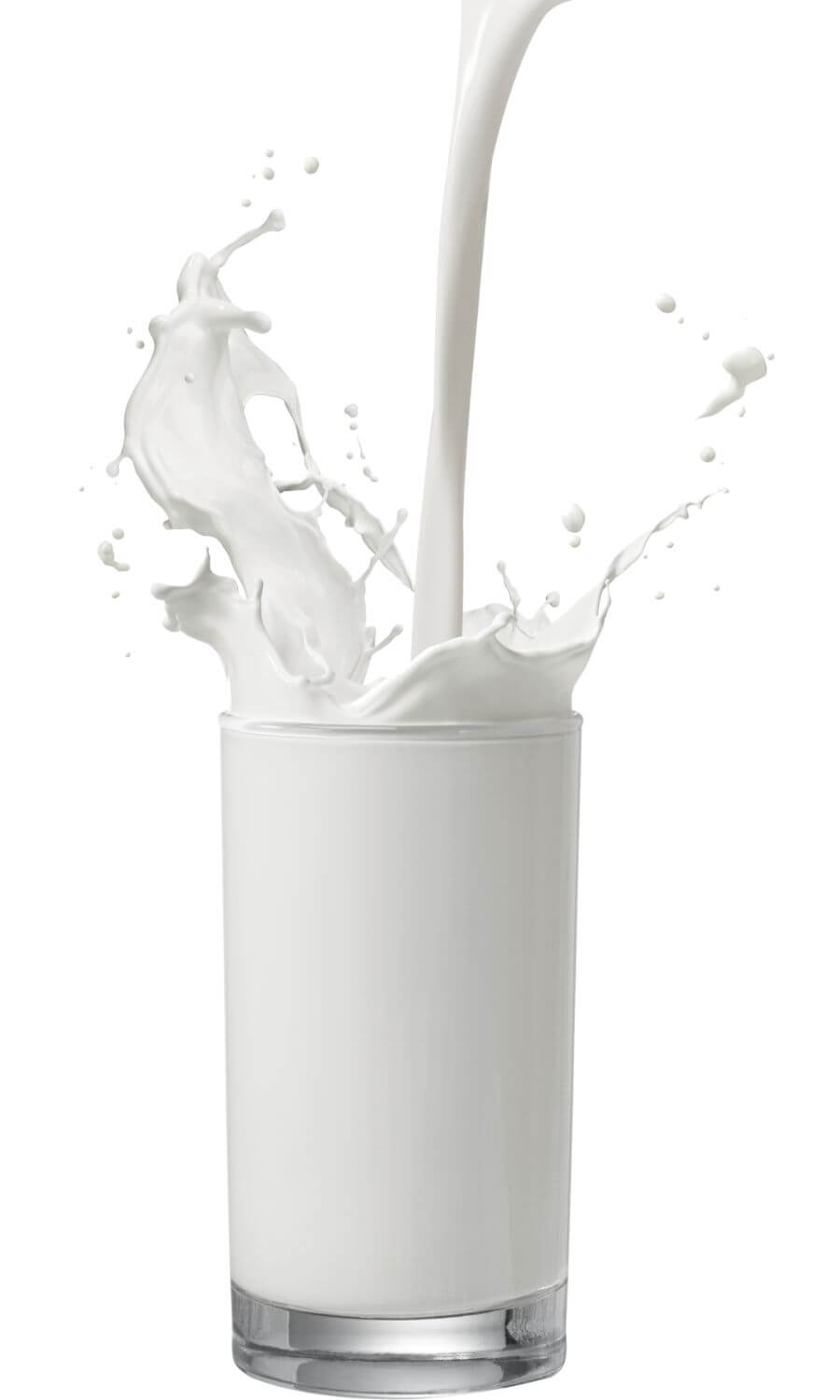
In the world of dairy, there’s often a tension between tradition and modern safety requirements. At Kalona SuperNatural, we believe you shouldn’t have to choose between them. Here’s why our approach to pasteurization offers the best of both worlds, embracing both tradition and modern safety.
The Raw Milk Dilemma
Many dairy enthusiasts appreciate raw milk for its complete nutrient profile and traditional flavor. The rich, complex taste of unpasteurized milk carries the essence of the pastures where our cows graze and the natural enzymes that give milk its distinctive character.
However, raw milk can contain harmful bacteria that may cause illness in some individuals. According to the Centers for Disease Control and Prevention (CDC), “Raw milk can carry harmful bacteria and other germs that can make you very sick or kill you. While it is possible to get foodborne illnesses from many different foods, raw milk is one of the riskiest of all” (CDC, 2022).
This potential risk is why federal regulations require pasteurization for milk sold across state lines, ensuring modern safety without sacrificing tradition.
Our Mindful Middle Path
Rather than choosing between unpasteurized raw milk or heavily processed industrial dairy, Kalona SuperNatural has chosen a thoughtful middle path that honors both tradition and safety: low-temperature vat pasteurization.
This gentle method heats our organic milk to just 145°F (63°C) for 30 minutes – the lowest temperature legally permitted for pasteurization. It’s a world apart from the ultra-high temperature (UHT) processing used in much of today’s industrial dairy production, which can heat milk to 280°F (138°C) or higher for a few seconds, balancing tradition and modern safety perfectly.
Why Low-Temperature Makes a Difference
Our traditional approach to pasteurization achieves something truly remarkable:
- Preserves beneficial enzymes that can be destroyed by higher temperatures
- Maintains natural protein structures important for digestibility and nutrition
- Protects the milk’s original flavor profile – that distinctive, farm-fresh taste
- Meets all federal safety requirements while minimizing processing
As noted by the International Dairy Foods Association (IDFA), “Different methods of pasteurization use different combinations of time and temperature to achieve the same end result.” Our low-temperature vat pasteurization method represents “a careful balance between safety and quality considerations” (IDFA, 2023).
The difference is noticeable in every bottle, every spoonful of yogurt, and every bowl of cottage cheese. Our customers often tell us they can taste the difference – that our products remind them of the dairy they remember from childhood visits to family farms, blending tradition and modern safety.
Supporting Regenerative Agriculture
By choosing this minimal processing approach, we’re able to distribute our exceptional Certified Organic dairy products across all 50 states while staying true to our values. It’s part of our broader commitment to supporting our small family farmers who practice regenerative agriculture with pasture-raised, grass-fed cows.
These farming families work in harmony with nature, building healthy soil, sequestering carbon, and creating biodiverse ecosystems. Their cows spend their days on pasture, grazing on diverse grasses – just as nature intended. This emphasizes the importance of both tradition and modern safety in our practices.
Almost Raw: The Best of Both Worlds
We proudly describe our products as “Almost Raw” because they deliver many of the qualities people seek in raw dairy while meeting safety standards that allow us to share these exceptional foods with more people, blending tradition with the necessary modern safety measures.
Research published in the Journal of Dairy Science supports the value of gentler pasteurization methods: “Lower-temperature pasteurization resulted in better retention of bioactive components compared with higher-temperature treatments” (Journal of Dairy Science, 2011). This scientific finding aligns with what traditional dairy farmers have known for generations.
This approach reflects our entire philosophy at Kalona SuperNatural: minimal processing, maximum goodness. It’s how we believe dairy should be – honoring tradition while embracing the best of what modern knowledge can offer.
When you choose Kalona SuperNatural products, you’re not just getting exceptional dairy; you’re supporting a vision of food production that respects the land, the animals, the farmers, and you – our customers who care about where their food comes from and how it’s made. We are committed to blending tradition and modern safety to deliver the best products.
References:
- CDC. (2022). Raw Milk Questions and Answers. Centers for Disease Control and Prevention. Retrieved from https://www.cdc.gov/foodsafety/rawmilk/raw-milk-questions-and-answers.html
- International Dairy Foods Association. (2023). Pasteurization. Retrieved from https://www.idfa.org/pasteurization
- Journal of Dairy Science. (2011). Effect of pasteurization on selected immune components of donated human breast milk. 94(8), 3703-3707.
Further Reading:
- For more information about pasteurization methods and safety, visit the CDC’s Raw Milk Information Page
- Learn about different pasteurization techniques from the International Dairy Foods Association
- Research on pasteurization effects can be found in scientific publications like the Journal of Dairy Science
